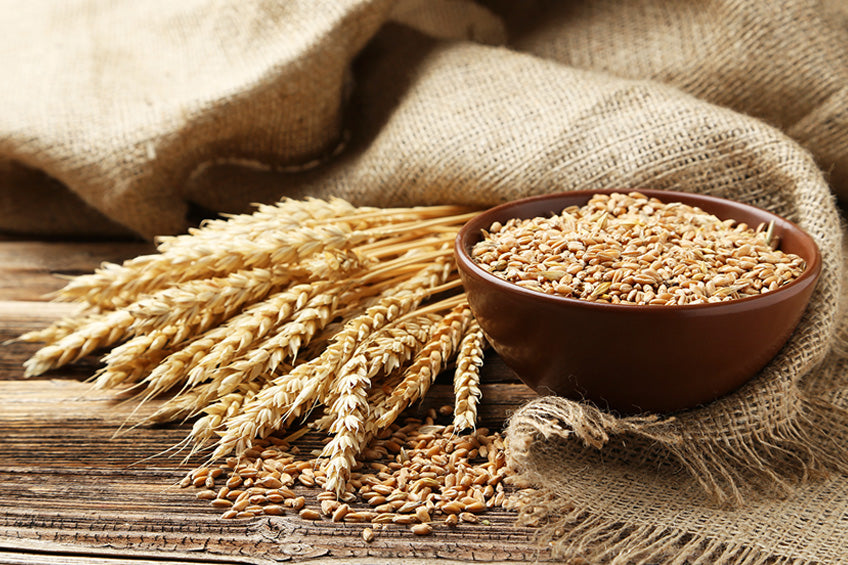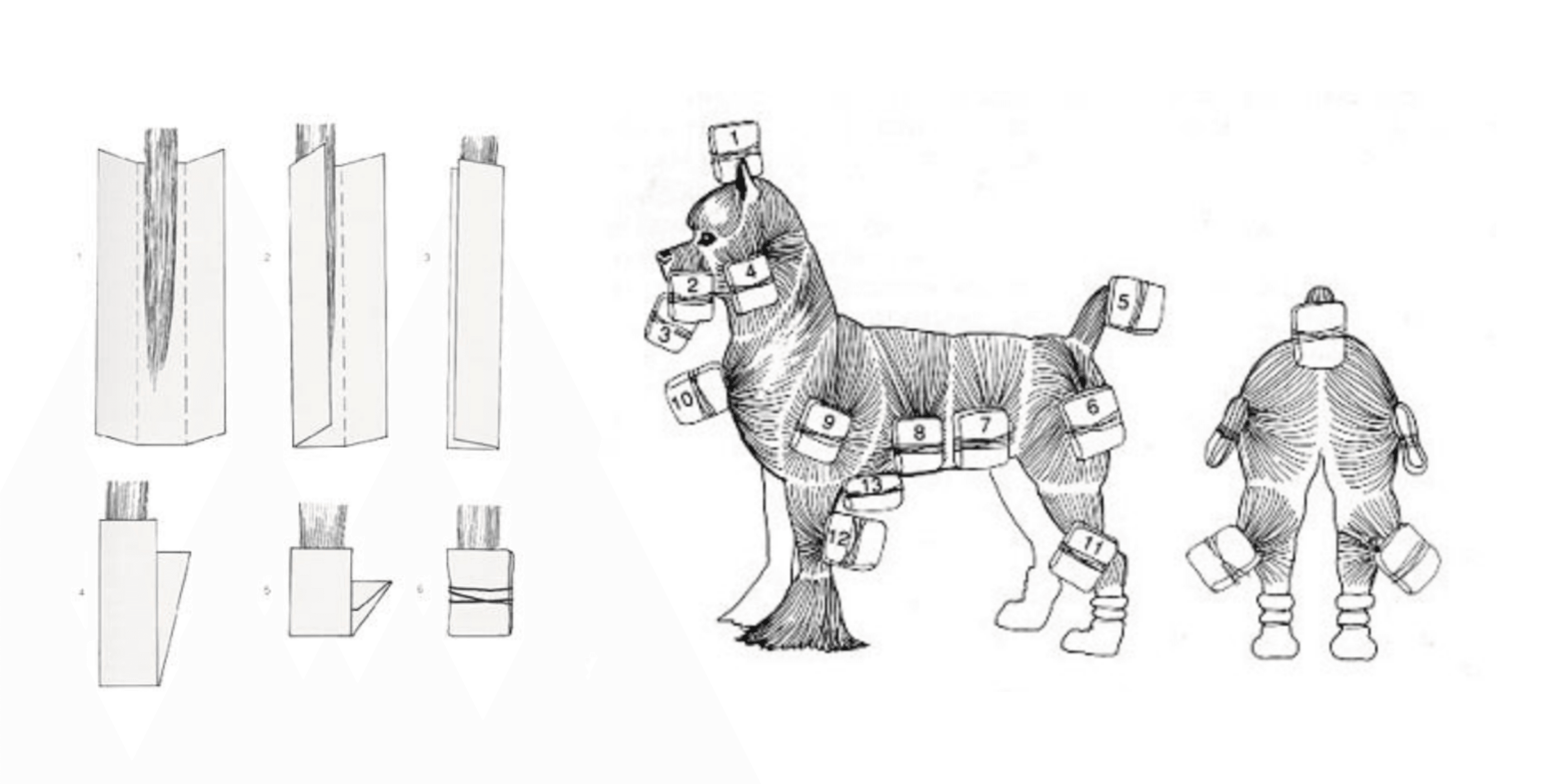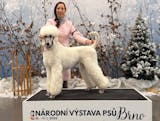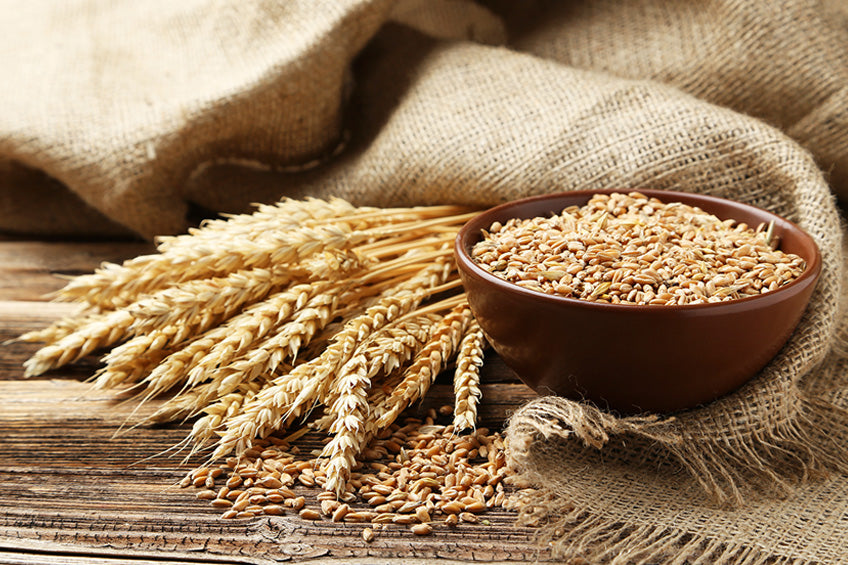
Hydrolyzed Wheat Protein Safety in Cosmetics: A Comprehensive Guide for Gluten Sensitivity
Share
Ever wandered down the beauty aisle, dog shampoo in hand, and wondered about the long list of ingredients you can barely pronounce? You're not alone. For those with gluten sensitivities or celiac disease, these lists are more than just confusing—they're a potential minefield.
But here's a little spoiler to ease your mind: when it comes to hydrolyzed wheat protein, the science is in, and the news is good. Despite ongoing debates in online forums and between well-meaning friends, researchers have given it a big thumbs up for safety. So, why do some folks still raise an eyebrow at this ingredient in human and pet cosmetics? Let's dive in together, unravel the mystery, and discover why this ingredient is on our side.
Understanding Hydrolyzed Wheat Protein
Imagine breaking down a giant, intimidating jigsaw puzzle into smaller, manageable pieces. That's what happens to wheat protein during hydrolyzation. This process chops up the protein, making it a valuable (and safe) ingredient in our products. Why? Because it turns rough hair smooth, dry skin moist, and makes coats shine like a diamond.
Now, I know what you're thinking: "But doesn't wheat mean gluten?" Typically, yes. But here's where it gets interesting. The magic of hydrolyzation transforms wheat protein to such a degree that what's left is far from the gluten that can cause us (or our pets) grief. And while some corners of the internet might lead you to believe that this is still up for debate, scientists have rolled up their sleeves, done the work, and assured us that hydrolyzed wheat protein is our friend, not foe.
Gluten causes inflammation in some people (and dogs) because it's hard to digest. Instead of being broken down and absorbed in the gut, it travels to the small intestine, leaks through the gut lining into the bloodstream, and triggers an immune response, causing inflammation. Hydrolyzation breaks down gluten (and all proteins) into its components, enabling proper digestion and resolving the issues.
The reason hypoallergenic dog food contains hydrolyzed proteins is because they don't trigger an immune response.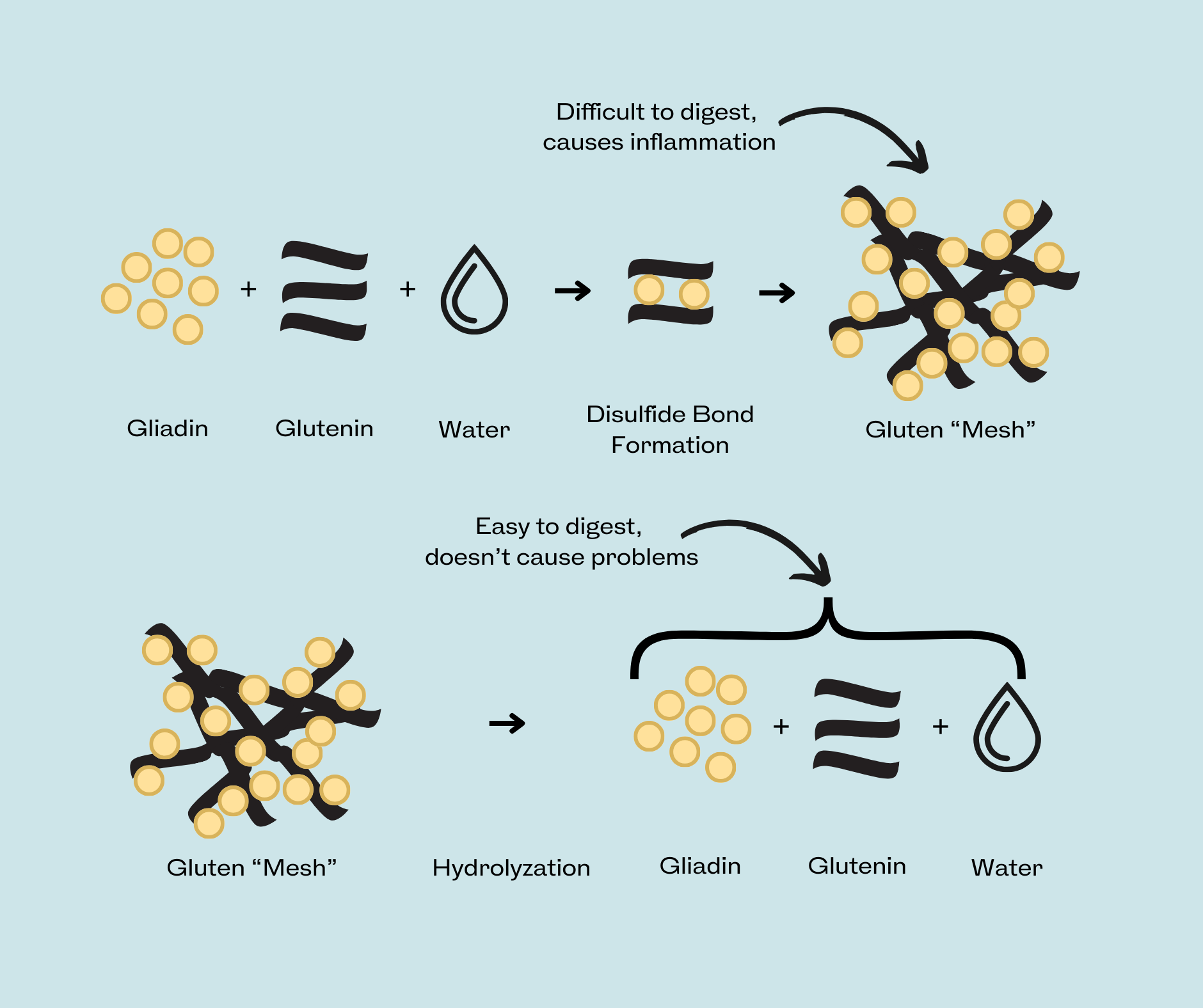
Potential Risks for Gluten-Sensitive Individuals and Pets
"Okay, but what about the risks?" is a question we often hear. Given the strong feelings gluten evokes among those of us who react badly to it, it's a fair one. The skin, our body's superhero cape, generally keeps gluten from penetrating our defences. But, because we love to worry (it's practically a hobby), we wonder if this villain could somehow sneak past our skin's barriers.
Here's where I remind you of our spoiler: the experts have done their homework, and the results are in—hydrolyzed wheat protein doesn't deserve its villain cape. But don't just take our word for it. The following study done by the American Institute for Clinical Gastroenterology and Hepatology gives an answer that leaves no room for opinions.
Scientific Research and Findings
In the heart of scientific exploration, a groundbreaking study[1] by Luigi Greco and others has shone a light on hydrolyzed wheat flour's safety for celiac disease patients. Their research, focusing on the transformative process of hydrolyzation, revealed that properly processed hydrolyzed wheat protein is not just safe but a viable ingredient for those traditionally avoiding gluten.
The real-world impact? Dermatologists, gastroenterologists, and veterinarians highlight this study as a pivotal moment, changing how we view ingredients in both our and our pets' products. One dermatologist remarked, "This opens up new possibilities for product formulation, making what was once off-limits, accessible and safe."
Echoing this, stories from the community reflect relief and newfound trust in products like So Posh, which prioritizes ingredient safety. "It's liberating," shared a customer, "to finally have options that are backed by science, ensuring that my sensitivity doesn't limit my choices."
Guidelines for Safe Use in Humans and Pets
Navigating the cosmetic aisle, whether for you or your pet, shouldn't feel like walking through a minefield. Here are a few tips to keep in mind:
- Read the labels: Knowledge is power. Look for "hydrolyzed wheat protein" and remember, it's the friendliest component of the wheat for gluten-sensitive individuals.
- Patch test: Trying a new product? Test it on a small skin area first. It's like dipping your toe in the water before diving in.
- Consult the pros: When in doubt, your dermatologist or vet is just a call away. They can offer personalized advice based on the latest science.
-
Look for trusted brands: Some brands are committed to creating products that are safe for everyone, including those with gluten sensitivities. Doing a bit of homework to find these gems can make all the difference. So Posh has sold 100,000 bottles and doesn’t have a single known case of reaction. This isn’t a coincidence. It’s because we only use ingredients that are confirmed safe without a doubt by meticulous scientific research.
Conclusion and Future Outlook
As we wrap up our journey through the world of hydrolyzed wheat protein, let's remember the key takeaway: science has spoken, and it's told us that this ingredient is a safe bet for those avoiding gluten. The conversations and cautionary tales surrounding it are natural, given our desire to do what's best for our health and that of our pets. But armed with knowledge, reassurance from experts, and a sprinkle of trust in scientific research, we can confidently embrace cosmetics that make us and our furry friends look and feel fabulous.
Citations:
1. Greco, L., Gobbetti. M., et al. (2010) Safety for Patients With Celiac Disease of Baked Goods Made of Wheat Flour Hydrolyzed During Food Processing. Clinical Gastroenterology and Hepatology. 9(1) DOI: https://www.cghjournal.org/article/S1542-3565(10)00987-0/fulltext
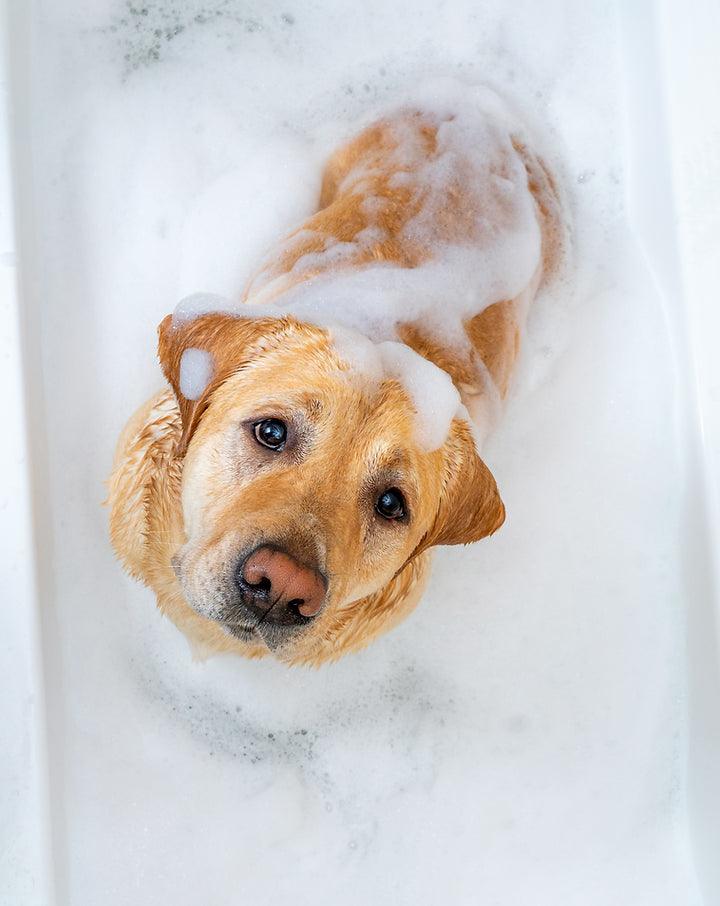
 lthough it seems normal in our current
lthough it seems normal in our current
